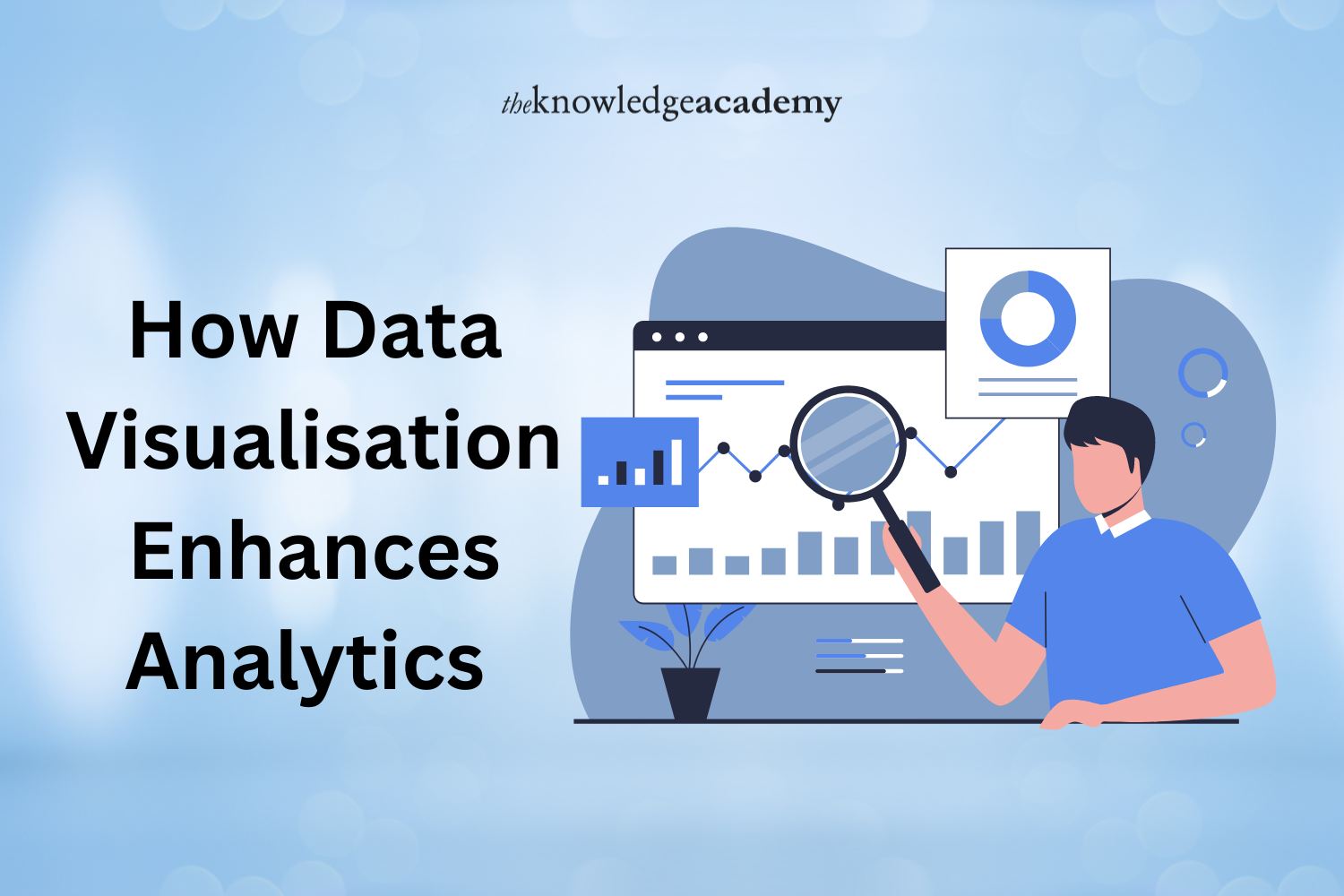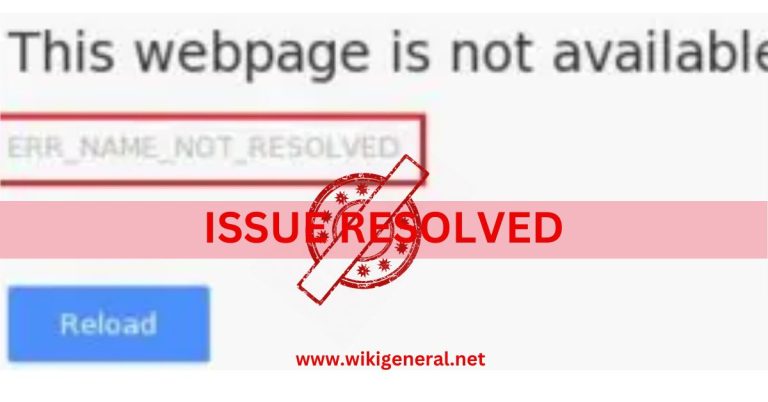
Data visualisation is not just an extra tool in data analytics but an integral part of the process. As organisations handle increasingly extensive and significant amounts of data, they must be able to effectively visualise them. Visualising raw data into an actionable format enables professionals to make better decisions and maximises the Benefits of Data Analytics. This allows businesses to utilise their data effectively, enhancing overall performance and decision-making processes.
Are you a data analyst who thinks about how to effectively use data analytics? Learn Data Analytics and improve your skills and utilise its advantages. Let’s discuss how data visualisation improves data analytics and assists organisations in growing by leveraging these benefits here.
Table Of Contents
· The Role of Data Visualisation in Analytics
· Fundamental Techniques in Data Visualisation
· Applications of Data Visualisation Across Industries
· Conclusion
The Role of Data Visualisation in Analytics
Data visualisation is the process of presenting information and data in graphical representation. Data visualisation tools use pictures like charts, graphs, and maps. This makes it easy to see and understand patterns and trends in data. The main objective is to give users clear and valuable knowledge to understand complicated ideas or find new patterns.
Enhanced Comprehension
The brain processes images 60,000 times faster than words, which shows that we are visual creatures. Data visualisation uses this advantage by turning significant, complicated information into images that are easier to understand and absorb. This instant understanding opens up the value of data analytics by speeding up the analysis process and making it easier to make decisions more quickly.
Demonstrating Hidden Patterns and Relationships
Data visualisation can show trends and connections that might not be noticeable when you look at the raw data. Visualisation can help you find trends and connections that give helpful business insights. For example, a time series graph can show regular consumer behaviour patterns, which can help plan production and marketing.
Improved Data Driven Decisions
It is essential to make choices and decisions based on the right information. Data visualisation allows decision makers to utilise data analytics immediately. Visual tools help show what might happen in different hypothetical situations. This lets businesses simulate decisions and see their potential impacts before they are made.
Fundamental Techniques in Data Visualisation
Here are some methods that make data visualisation in analytics more useful:
Choosing the Right Chart
Different types of information need to be presented in various ways. Bar charts are excellent for comparing amounts, while line charts show how things change over time. Pie charts show parts of a whole. Choosing the right chart is essential for clearly describing or presenting the data.
Use of Colour
Colour can make data visualisations easier to read, but if it’s used wrong, it can be confusing. Colours should not be used for decoration but to draw attention to important information without confusion.
Interactive Visualisations
Using interactive tools, users can extract more information from charts and graphs, allowing them to better understand the data whenever they need to.
Applications of Data Visualisation Across Industries
There are different ways that different businesses can use data visualisation to improve their analytics:
Healthcare
Visualisation tools in healthcare can help monitor disease outbreaks over time and space, manage hospital resources, and better understand patient data.
Finance
Data visualisation helps people in the financial sector monitor how markets change, evaluate risk, and see how different business units or product lines are doing regarding financial success metrics.
Retail
Retailers use data visualisation to monitor performance and understand how customers buy. They also use predictive analytics to optimise inventory levels.
Marketing
Data visualisation helps marketers track the success of their campaigns and understand how customers behave. It also helps divide the viewers into groups based on their demographics and buying habits.
Conclusion
In analytics, data visualisation is a powerful tool that can turn raw data into exciting stories that teach and convince. It improves analytics by making data more accessible to find and understand, which helps organisations make choices more quickly and with more information. As data gets more extensive and complicated, it becomes even more critical to have good visualisation tools. If you are looking for methods to improve your data analytics skills, consider joining courses The Knowledge Academy offers. For more information visit: The Knowledge Academy.
![Инстаграм Блог - Исправьте свои проблемы [Советы и рекомендации]](https://wikigeneral.net/wp-content/uploads/2023/05/cropped-Инстаграм-Блог-Исправьте-свои-проблемы-Советы-и-рекомендации.webp)





